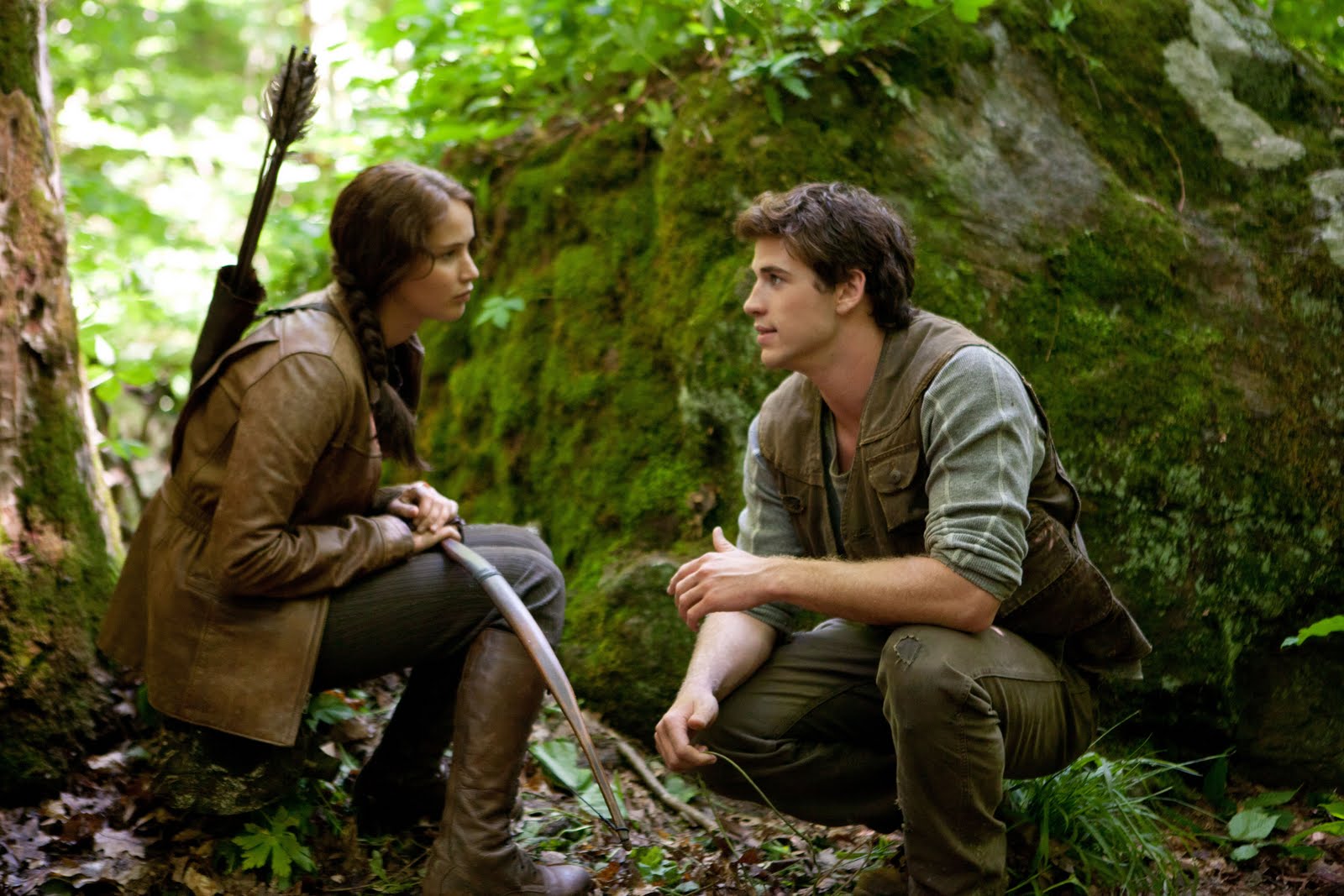For most, Katniss Everdeen needs no introduction. Suzanna Collins’s bestselling novel The Hunger Games has moved out of Scholastic Book orders and into the mainstream. People who haven’t read it have heard of it, and for good reason. These books — however simply crafted — are phenomenal.
The Hunger Games is the first of three books in a trilogy. The story takes place in a post-apocalyptic North America, called Panem. In Panem, there are twelve districts, beat into almost complete submission by a very rich and technologically advanced Capitol. To punish the colonies for a rebellion that occurred 74 years before the first book takes place, each district is forced to surrender two children every year to participate in what the Capitol calls the Hunger Games. Twenty-four children are taken from their homes to the Capitol and forced to fight one another to the death in an arena, on live television.
When Catniss’s 13-year old sister Primrose is selected as one of the tributes, Catniss volunteers to take her place. Leaving behind her mother, sister, and best friend Gale, Catniss travels to the Capitol with fellow tribute Peeta Malerik to try to survive the 74th Hunger Games.
The Hunger Games novels focus on a terrible and captivating premise: children murdering other children in cold blood (when you put it like that, these books do not seem as PG 13, or as grade school friendly as they have been marketed). They are page-turners, packed with interesting characters and a lot of action. And unlike a lot of other book-to-movie adaptations, The Hunger Games is a book that almost demands a cinematic representation.
Suzanna Collins has a simple writing style that doesn’t contain massive amounts of detail, and the world she creates is not so different from our own. Filmmakers can fill in the details that Collin’s leaves out in any way they see fit. This allows for artistic expression on the part of the filmmakers that is not likely to stir the huge fan following into a rebellion. Instead of being unsettled by the detail shaded into the story, I was thrilled. From the beginning of the film, when you see the extreme poverty of the districts that Collins’s work superficially describes, to the middle of the film when you see the citizens of the Capitol dressed in vibrant colour, tattooed, pierced, and altered, to the climax of the film in the arena, when you see the tracker jackers swarming — all of the intense detail that a live-action image can provide makes the story that much more enjoyable.
The characters were superbly cast. Jennifer Lawrence is a competent actress (Winter’s Bone) and slips into Catniss’s skin with ease. Josh Hutcherson is a very good choice for Peeta. Gale, played by Liam Hemsworth, is not a huge player in this film, but is tall, dark, and handsome enough to do his part. Lenny Cravitz, who plays Catniss’s designer, was surprisingly enjoyable and well chosen. Everyone — from Primrose to President Snow — fit snugly into that special place where I create the image of the characters that I read about.
When I saw the first trailer for the film, with Lawrence and Hutcherson in matching jumpsuits, I worried that I may be looking forward to a film more like Tron than like The Hunger Games. Instead, I was surprised by a movie that succeeded in satisfying all of my expectations.
The film is well paced, and stays extraordinarily true to the book — with a few acceptable exceptions. Panem, the world of the future, is superbly crafted. The characters are real and the circumstances are dire. Hunger Games is a part of a trilogy, so the ending may not completely satisfy the expectations of most viewers. But hey, if the quality of this film is any indicator, there will be much more to come.
I love the books. I loved the movie more.



